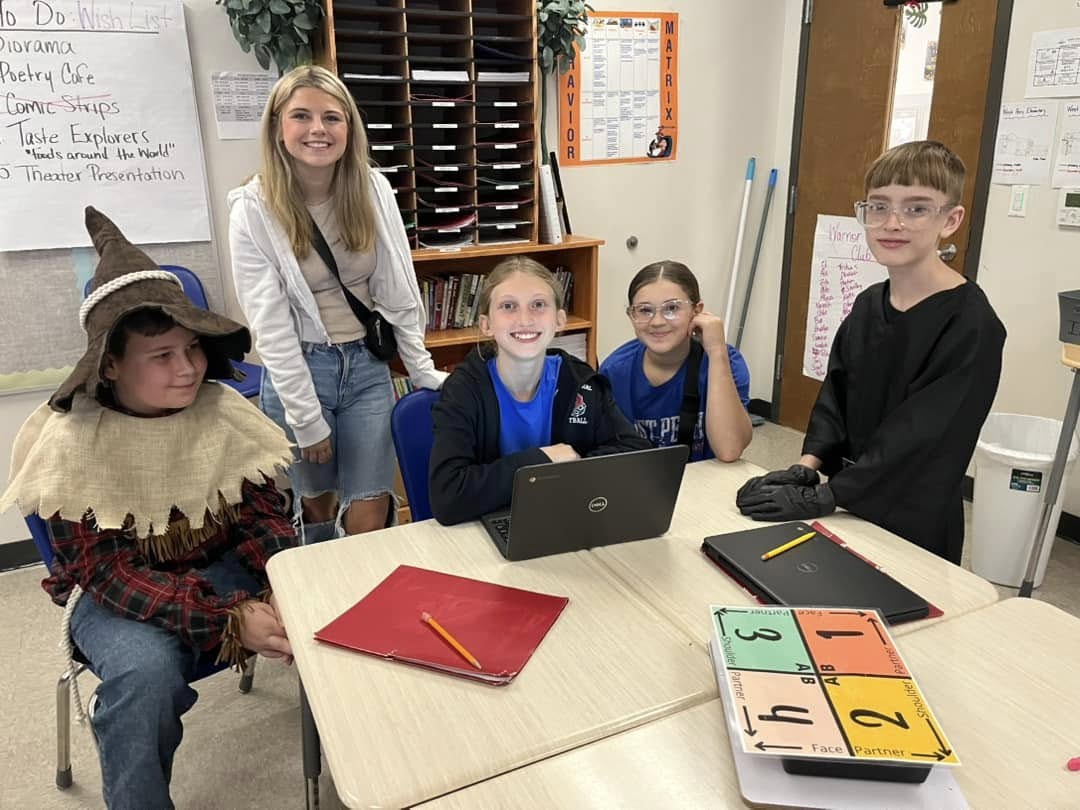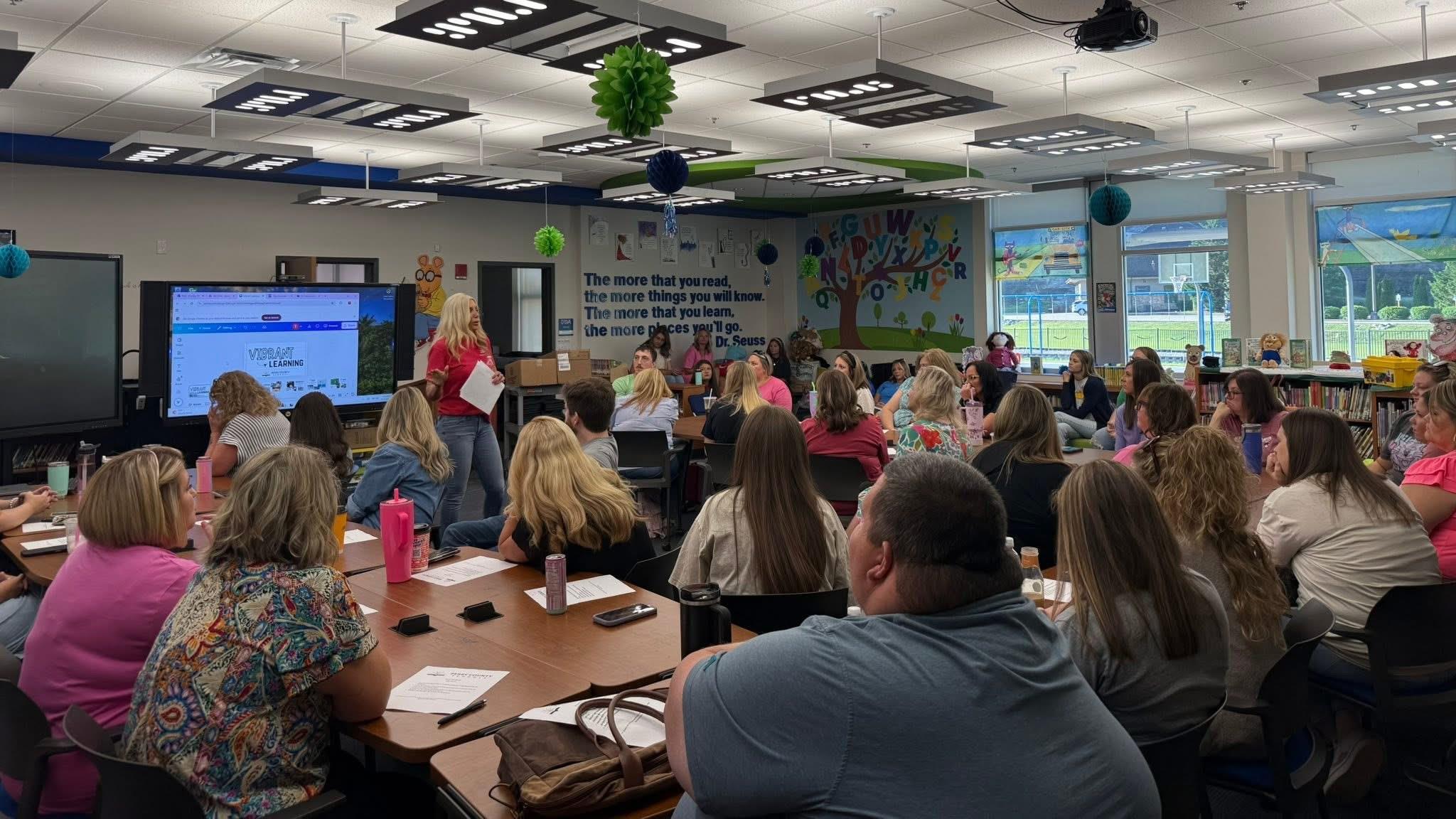Curriculum and Instruction

High-Quality Instructional Resources (HQIR)
We are proud to utilize Kentucky Department of Education approved HQIRs across content areas to support excellent teaching and learning. These include:
SAVVAS
Amplify
Studies Weekly
These resources are selected for their alignment with Kentucky Academic Standards, ability to engage students, and support for building foundational and critical thinking skills.
Pacing Guides & Curriculum Development
To ensure all students receive consistent and equitable instruction across the district, Perry County teachers follow district-wide pacing guides for each grade level and subject.
These guides:
Align directly to the Kentucky Academic Standards
Ensure instructional equity from classroom to classroom
Are reviewed and updated each summer by teachers and the curriculum team
Incorporate rigorous tasks, formative assessment opportunities, and HQIR connections


Kristie Gorman
Assistant Superintendent
(606)439-5813
kristie.gorman@perry.kyschools.us

Josh Baker
Instructional Supervisor
(606)439-5813
josh.baker@perry.kyschools.us
